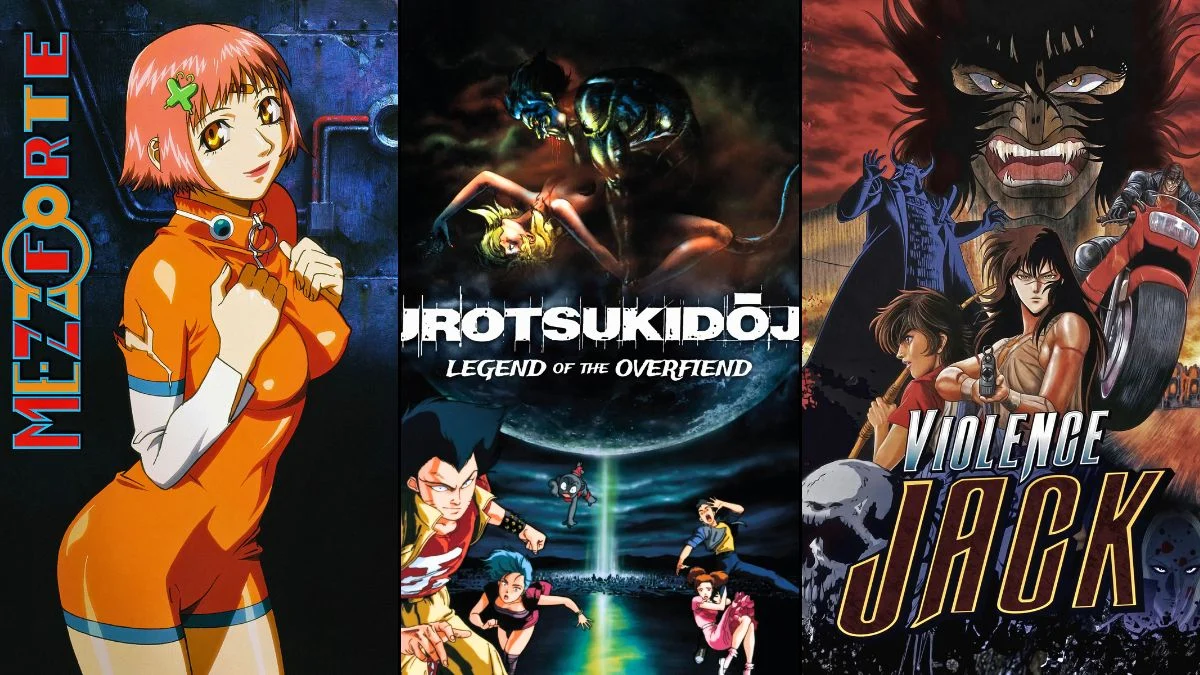
Certain classic anime were incredibly daring for their time, and if they were made today, they’d likely run into trouble with modern content rules and broadcasting standards. These shows often contained intense violence, mature themes, or tackled sensitive subjects with sharp satire. They might be heavily censored or have limited availability now. Plus, many originally succeeded because they were released on formats like OVAs or during late-night time slots with fewer restrictions than we see on today’s streaming services. Here’s a look at twenty anime that would likely face significant challenges if created now.
‘Neon Genesis Evangelion’ (1995–1996)
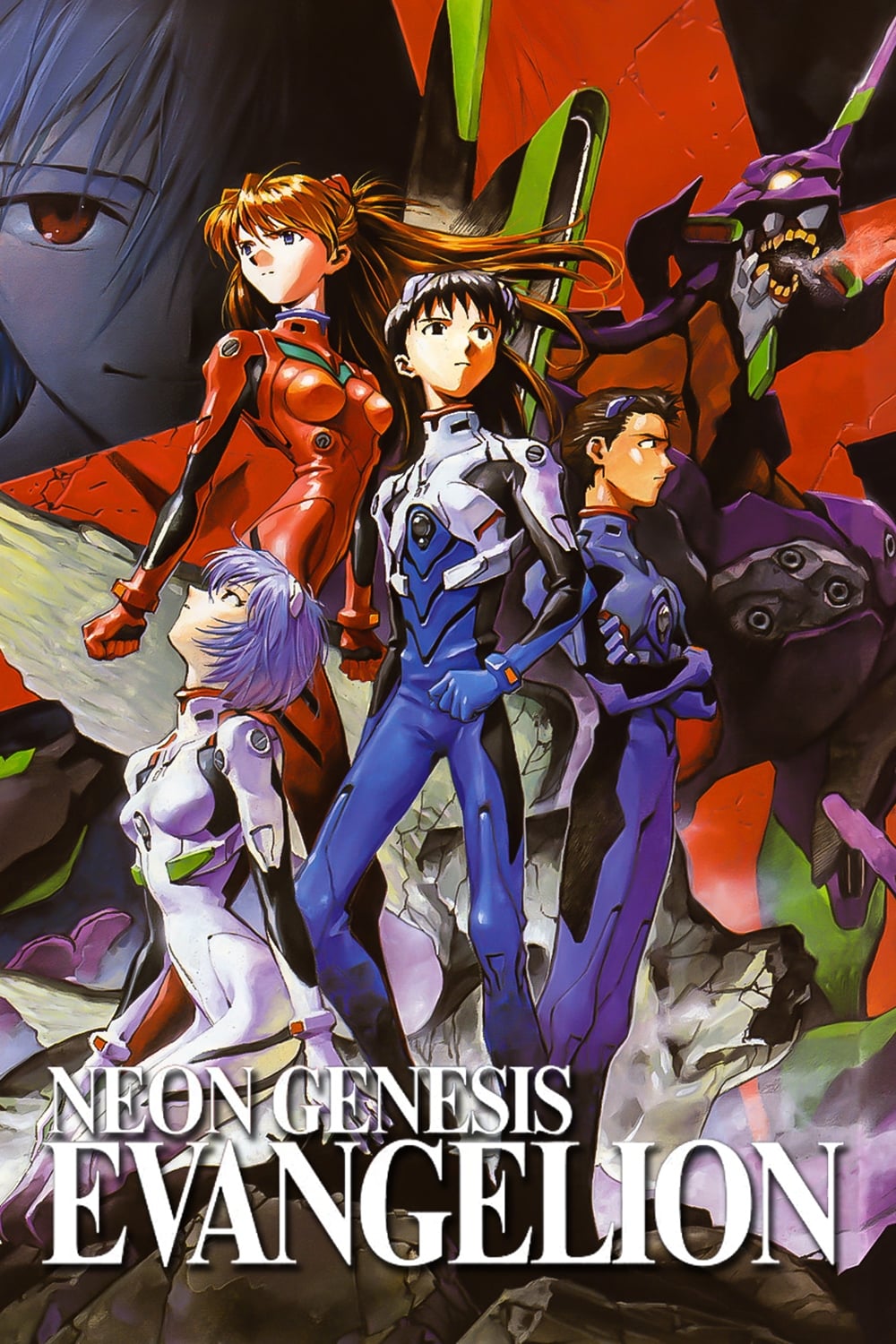
Hideaki Anno’s series was groundbreaking, blending giant robot action with intense psychological drama and religious themes, which initially caused problems with television networks. The show’s final episodes were unconventional, using a fast-paced montage style and relying on existing animation due to production difficulties, leading to a lot of discussion and criticism when they aired. Later, revised home video releases and films were created to try and resolve the issues viewers had with the original ending. Getting the series distributed internationally was also difficult because of issues with licensing and music rights.
‘Berserk’ (1997)
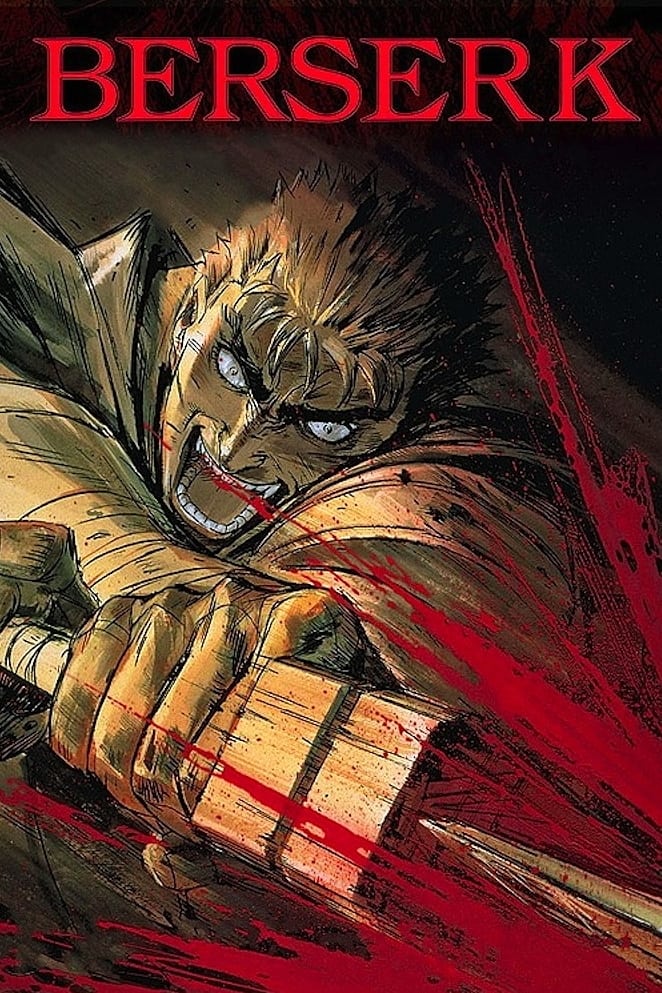
This version of the story focused on the intense and violent ‘Golden Age’ storyline, dealing with dark and unsettling topics. To comply with broadcast standards, graphic scenes were often cut or blurred. The show relied on strong visuals – like harsh lighting and simple animation – to suggest violence without showing it in every single shot. While later adaptations changed their style and used more advanced techniques, this initial version remained the most controversial due to its gritty and uncompromising nature.
‘Elfen Lied’ (2004)
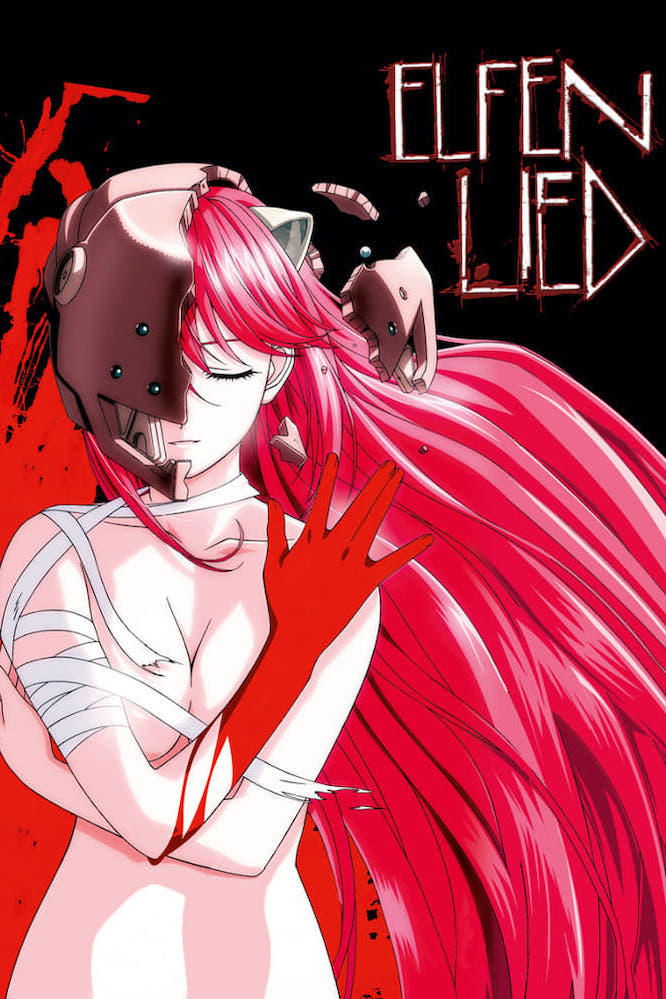
The show began with a long, intense escape scene featuring dangerous attacks using mental powers in tight spaces. Because of its graphic violence and nudity, it was often shown late at night with warnings. Versions released in other countries frequently had age limits and some scenes were changed to follow local regulations. The contrast between the show’s adorable character designs and its extreme violence sparked ongoing discussions about whether it was a responsible portrayal or simply exploitative.
‘Perfect Blue’ (1997)
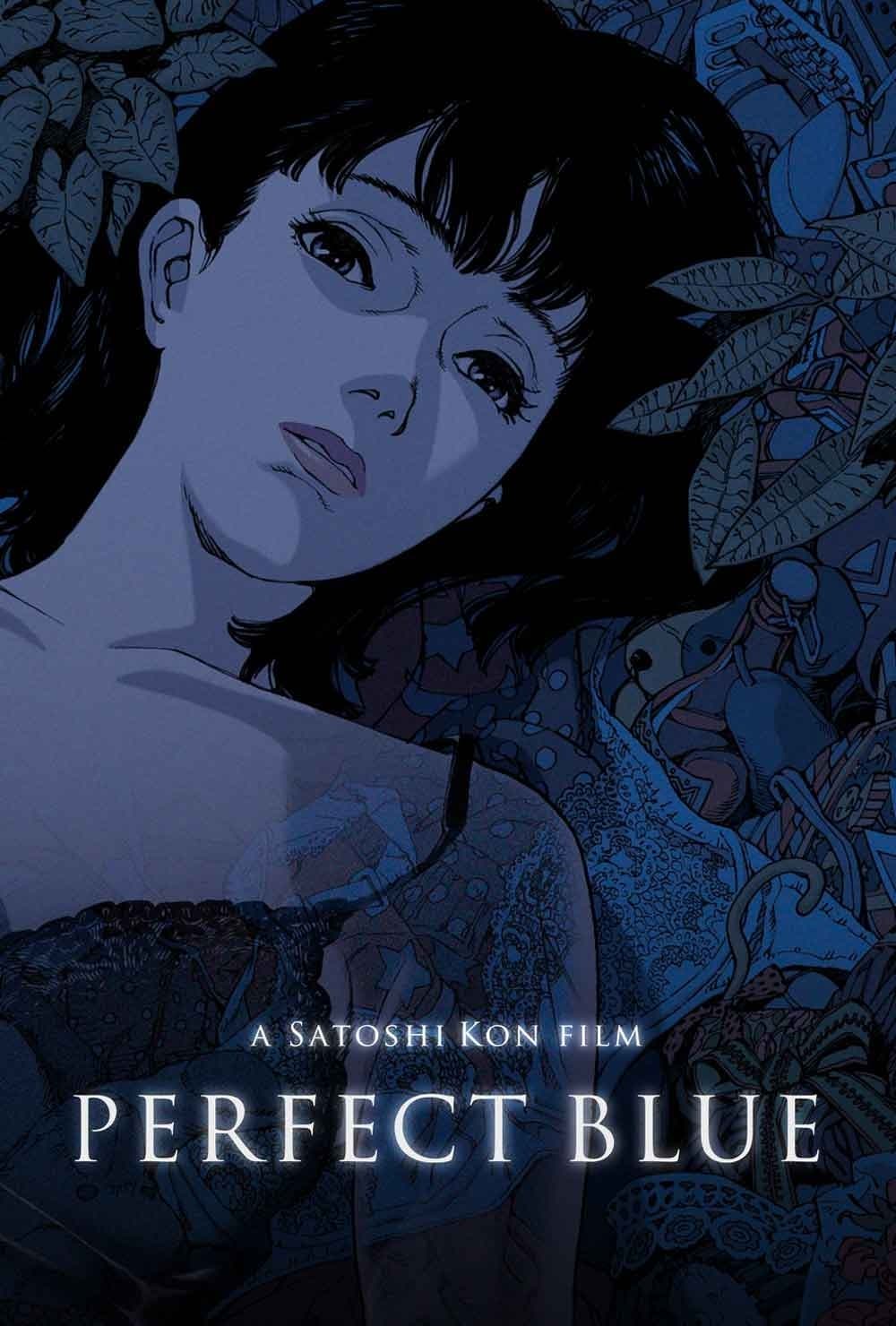
Satoshi Kon’s film explores the unsettling experience of a pop idol losing her sense of self as her career changes. It depicts disturbing themes like stalking and sexual violence, leading to high age restrictions and limited release in some areas. The film’s creators used a unique animation technique called rotoscoping and depicted cramped cityscapes to create a feeling of intense claustrophobia, which further concerned censors. The movie’s focus on obsessive fan relationships also made television networks hesitant to air it again.
‘Golden Boy’ (1995–1996)

As a movie buff, I stumbled upon this hilarious comedy about a wandering guy who just drifts from job to job, and naturally, gets into all sorts of awkward and over-the-top situations. It was originally released in a format that let the creators be much bolder with the humor – stuff you’d never see on regular TV. In fact, when it aired on television, they had to cut or blur a lot of the more suggestive jokes to make it appropriate for late-night viewing. Ironically, the English dub actually added to the innuendo, which meant it became even harder to show widely. It’s a shame, but it’s also part of what makes it a bit of a cult classic!
‘Hellsing Ultimate’ (2006–2012)

The updated version of the series featured intense, violent battles with gruesome imagery of vampires and large-scale city destruction. Each episode was as long as a full-length movie and released directly on video, avoiding restrictions on television broadcasts. Uncut versions were often sold internationally, mainly in specialty stores. Due to its graphic content, including depictions of wartime symbols, the show required special packaging in certain countries.
‘Urotsukidōji: Legend of the Overfiend’ (1987–1989)
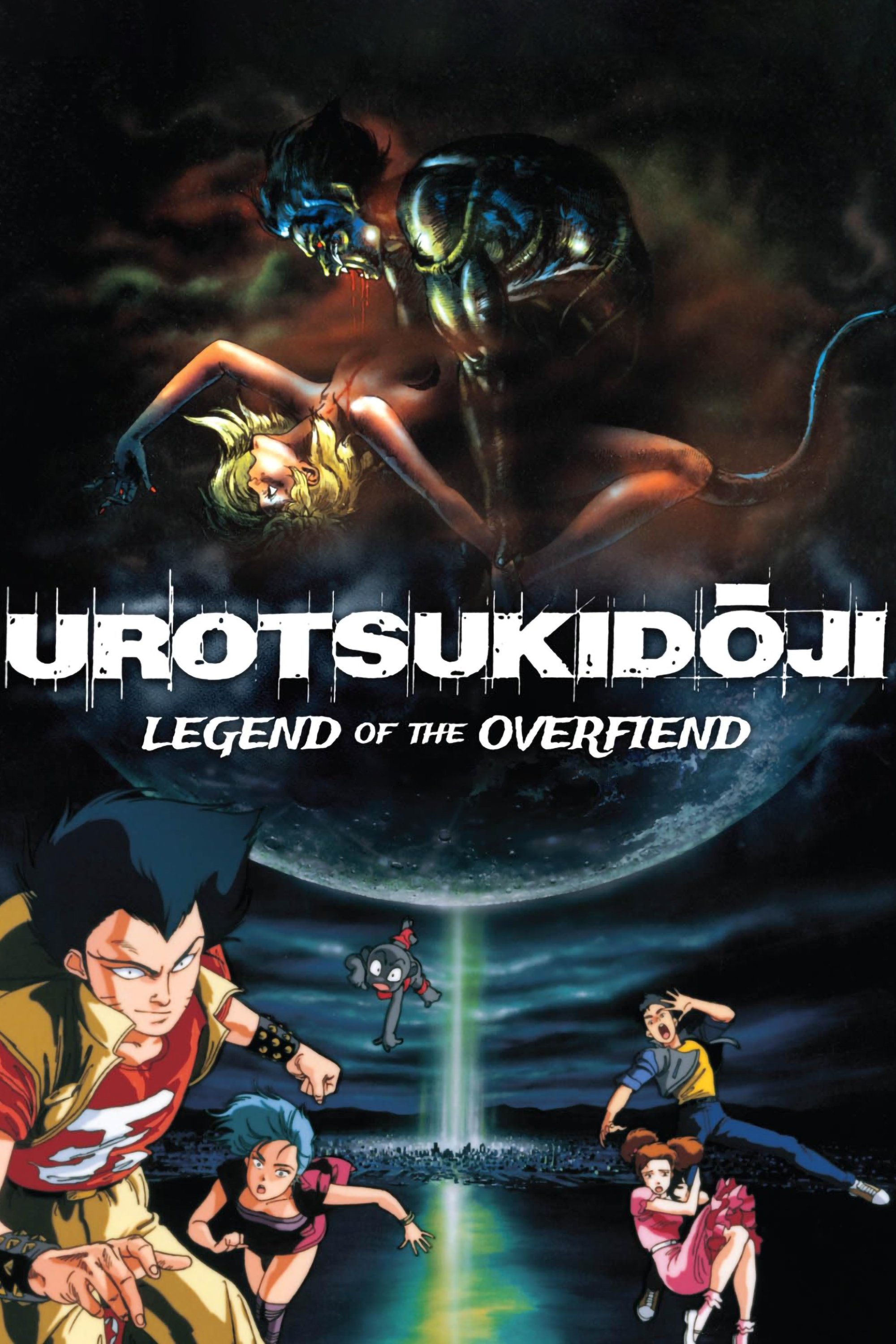
This animated film for adults combined intense action with mature content, leading to its confiscation by authorities in various countries. Because of legal issues, many stores either kept it separate from other products or refused to sell it altogether. Different versions of the film were created after editors removed scenes to meet censorship requirements in different regions. It became well-known as a key example in discussions about how to regulate adult animation.
‘Midori’ (1992)
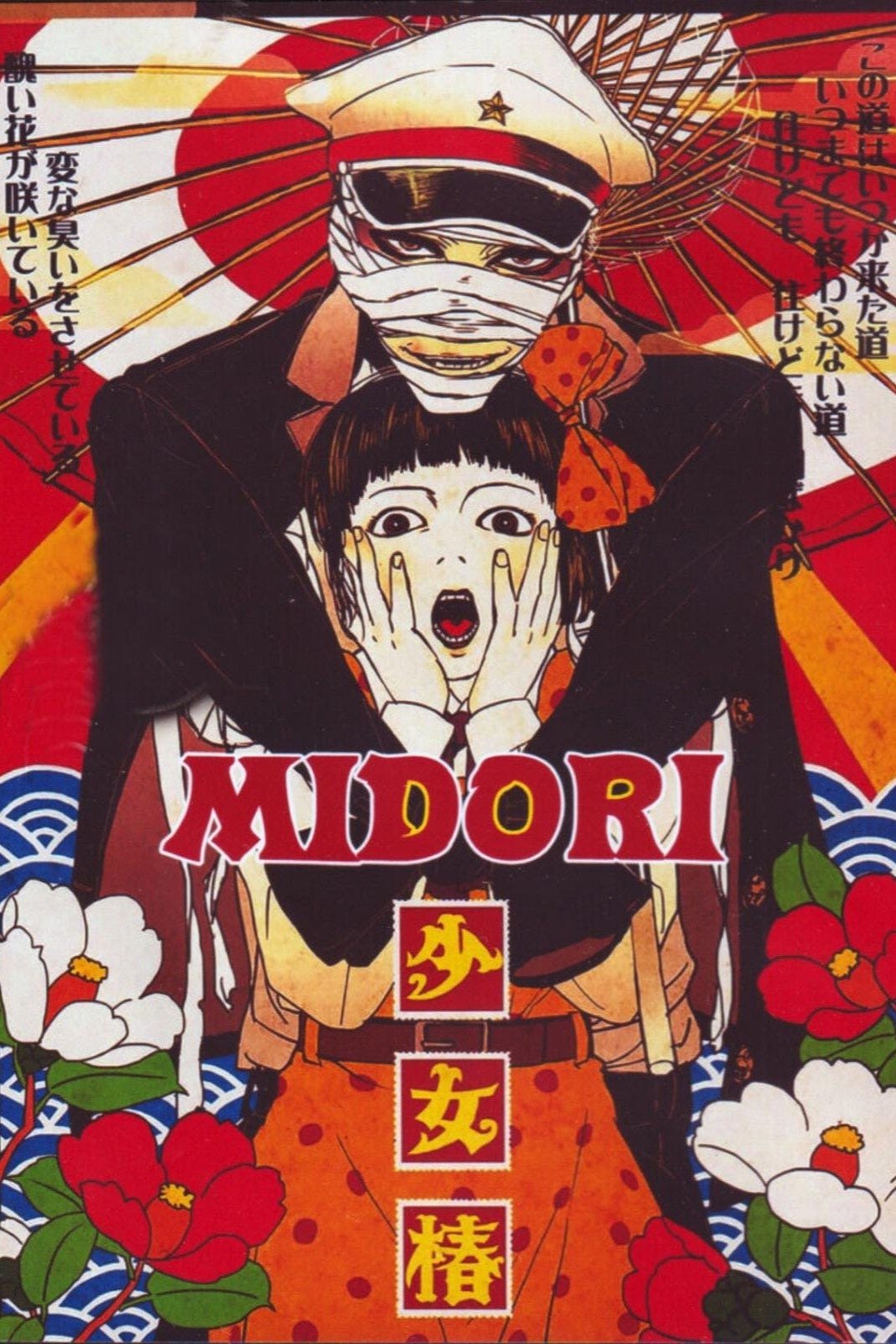
Inspired by the art of Suehiro Maruo, this film depicts harsh circus abuse and cruelty through a unique style of limited animation and still images. It wasn’t widely released, instead shown at smaller events and distributed by independent companies, as major distributors shied away from it. Some versions had to be edited or included warnings to comply with obscenity laws. Keeping the film available has depended on dedicated, small-scale restoration projects rather than large re-releases.
‘Violence Jack’ (1986–1990)
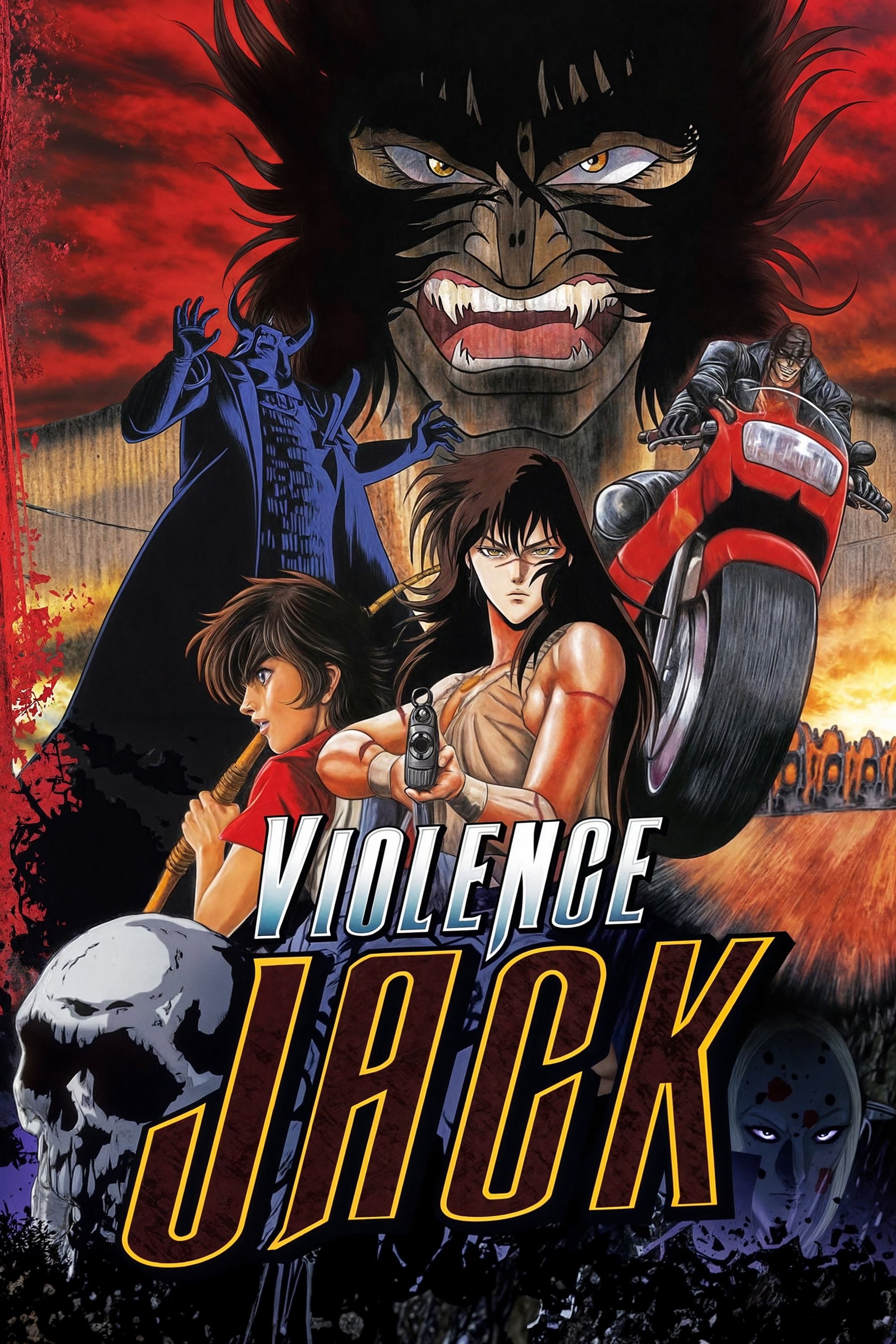
Go Nagai’s animated series depicted a harsh, devastated world with extreme violence. Because of depictions of sexual assault and widespread killings, the series was heavily censored, and video stores often kept it locked away with adult content. These issues ultimately led to stricter rules about what kind of content was allowed in similar media.
‘Kite’ (1998)
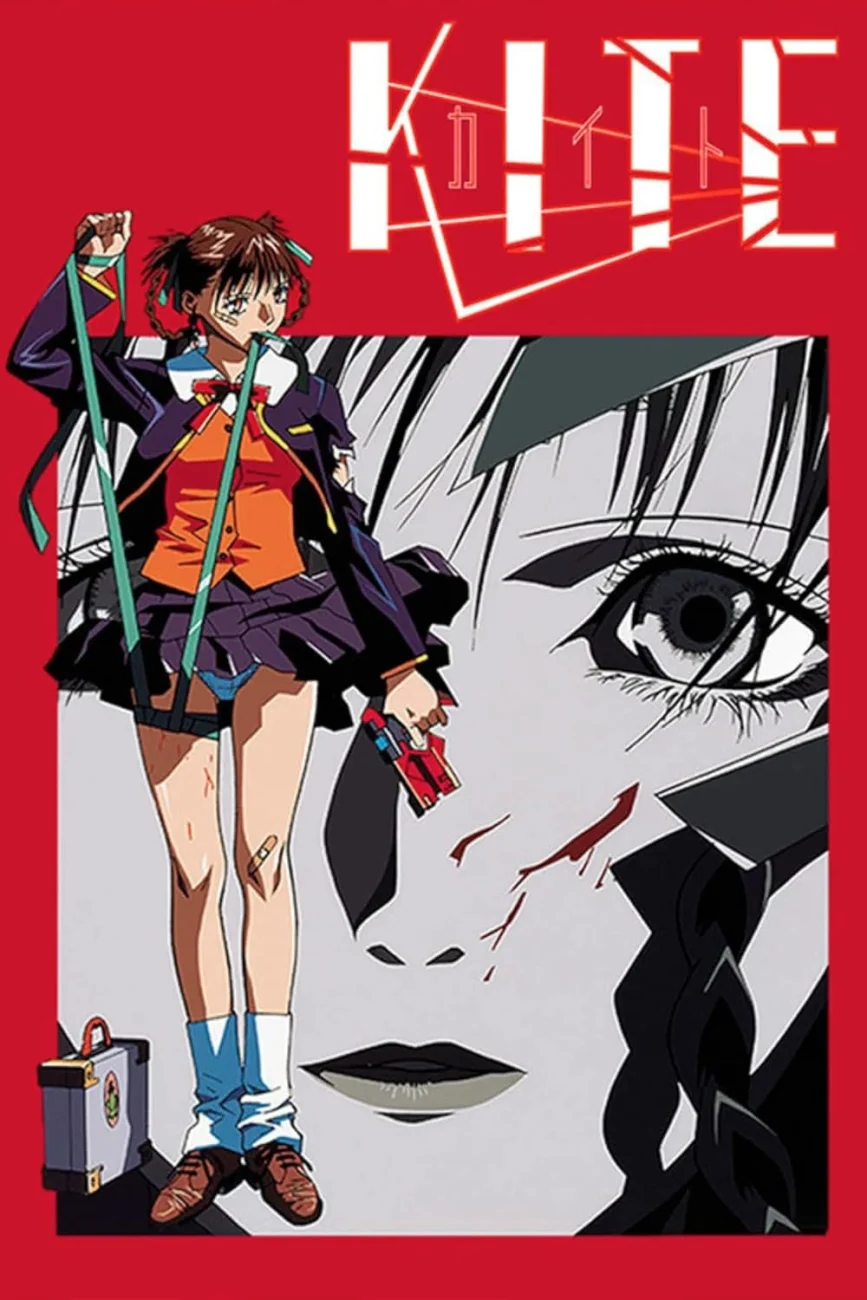
This animated film featured a skilled assassin with a troubled past marked by abuse and a desire for revenge, and it didn’t shy away from intense violence and mature content. To appeal to different stores and meet content rating requirements, distributors released both edited and unedited versions. Because of its graphic nature, it was difficult to show on regular television, so it was primarily sold through specialized retailers. Later, live-action versions were made, but they often changed or removed the most controversial parts of the story.
‘Mezzo Forte’ (2001)
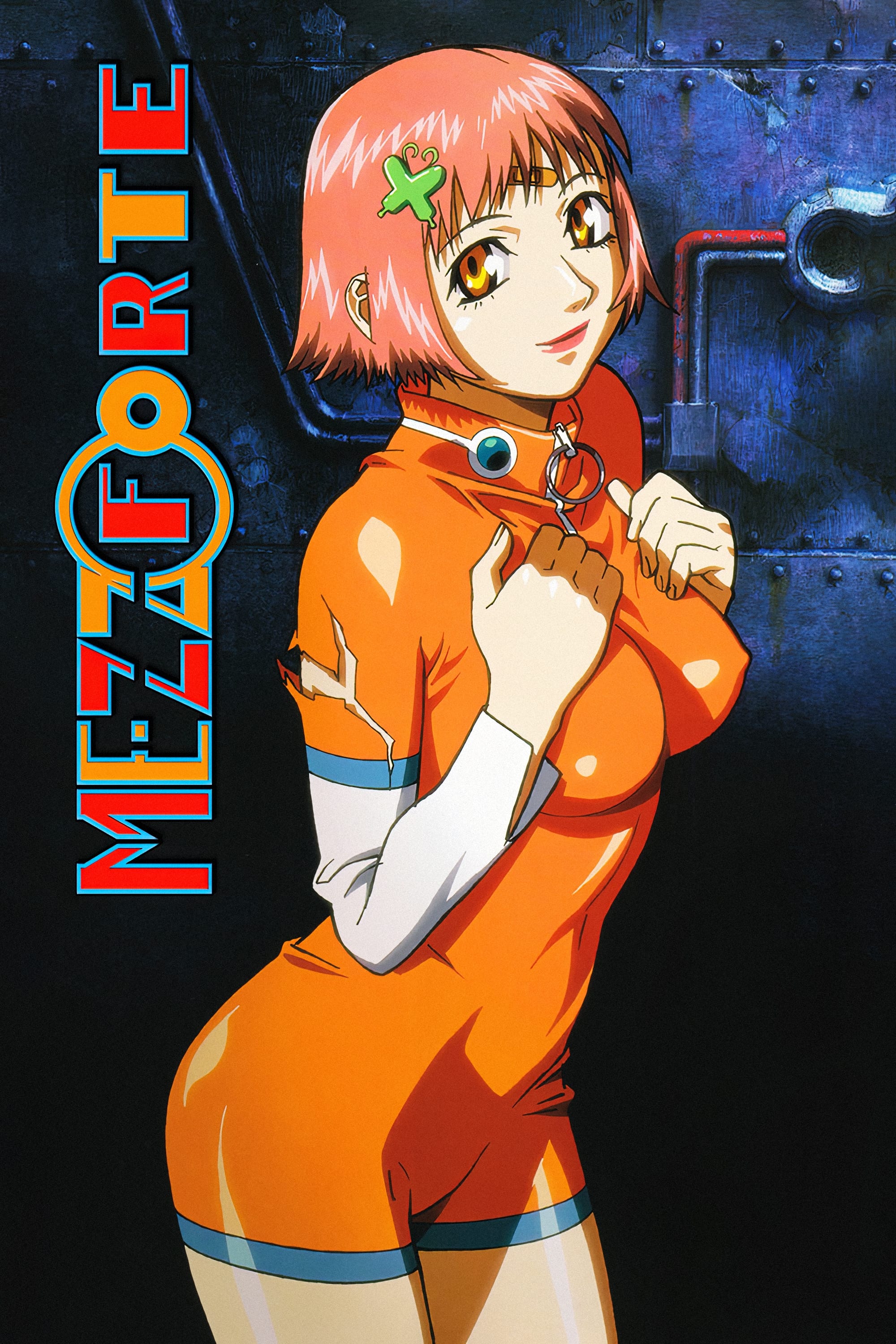
The creator of ‘Kite’ also made this animated OVA, which combines science fiction action with mature themes. To comply with different countries’ laws, it was released in varying versions. The music and artwork were even changed in some regions to avoid problems with advertising regulations. Because of its content, television channels wouldn’t air it, so it was primarily sold directly to consumers.
‘Gantz’ (2004)
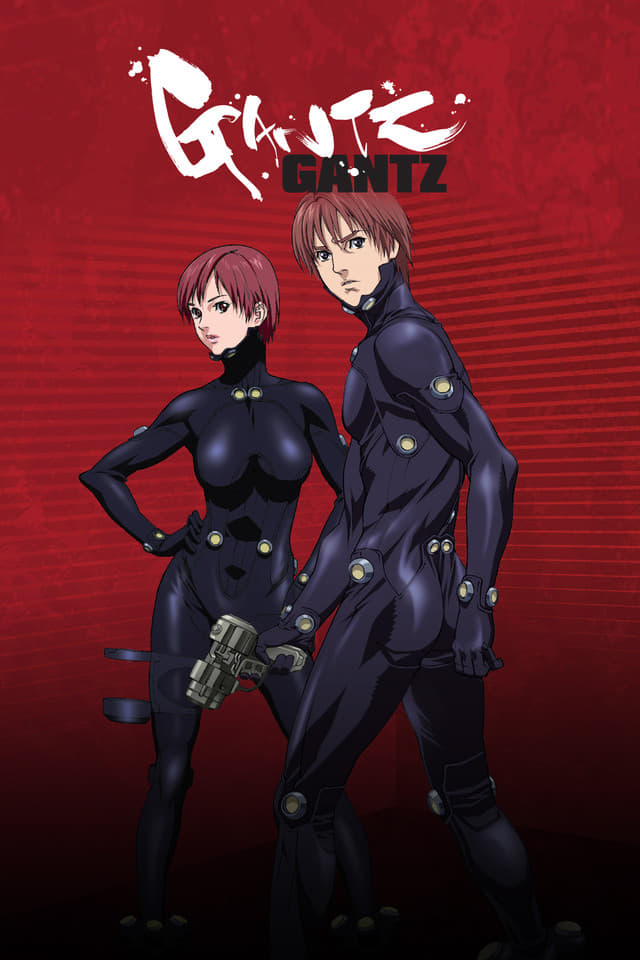
The show featured contestants completing dangerous missions that often resulted in many deaths and gruesome injuries. To meet television standards, broadcasts were darkened and certain scenes were cut. However, the home video releases included the previously hidden details, creating a difference between the two versions. Later, the series transitioned into live-action movies with a less graphic style to appeal to a broader audience.
‘School Days’ (2007)
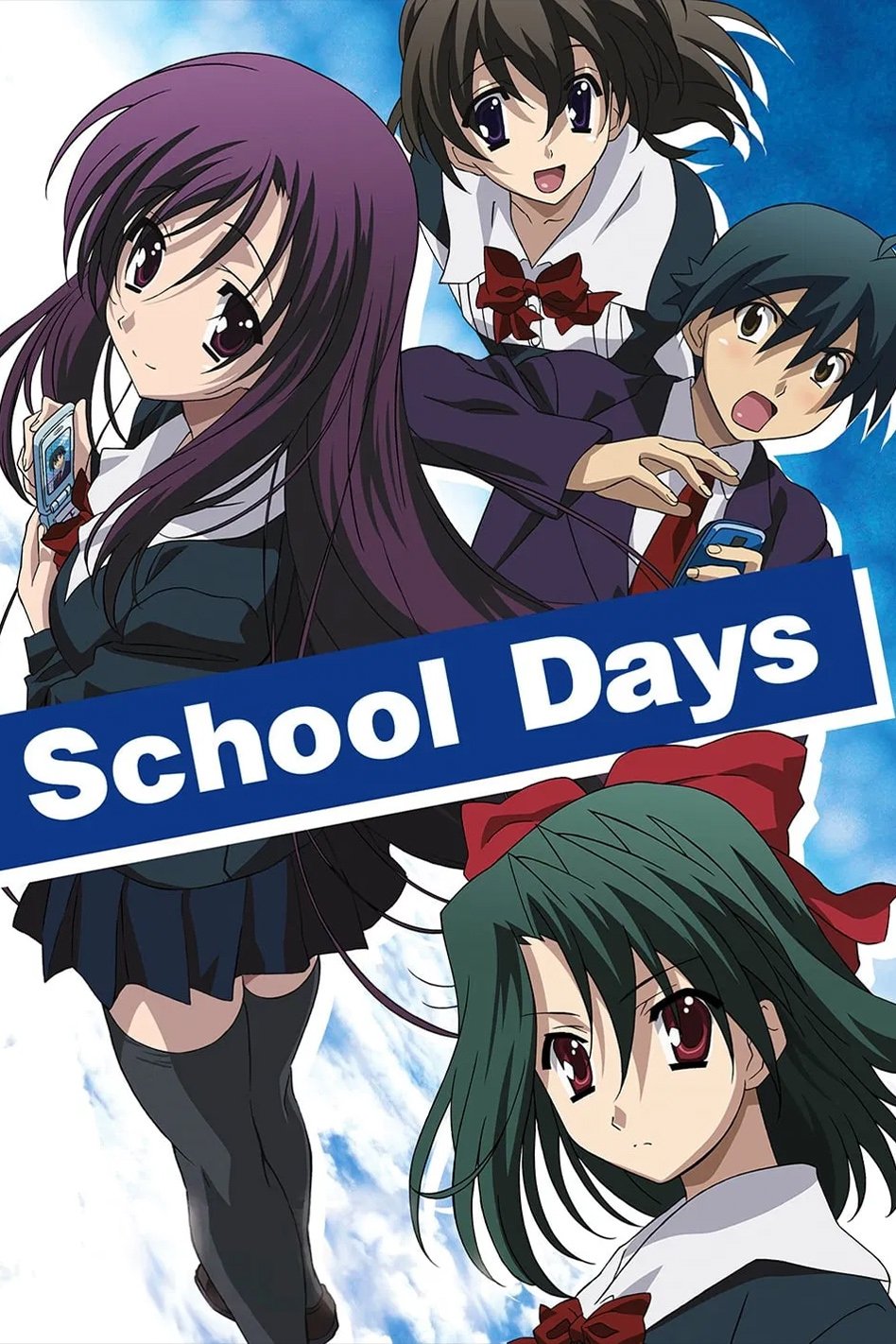
This romantic thriller gained notoriety for its violent ending, featuring stabbings and dismemberment. When a real-life incident occurred close to the episode’s air date, the network cancelled the broadcast and showed landscape footage instead. The original, unshown finale eventually appeared on home video and some smaller channels. This situation became a model for how networks respond to sensitive events by quickly changing their programming.
‘Higurashi: When They Cry’ (2006)
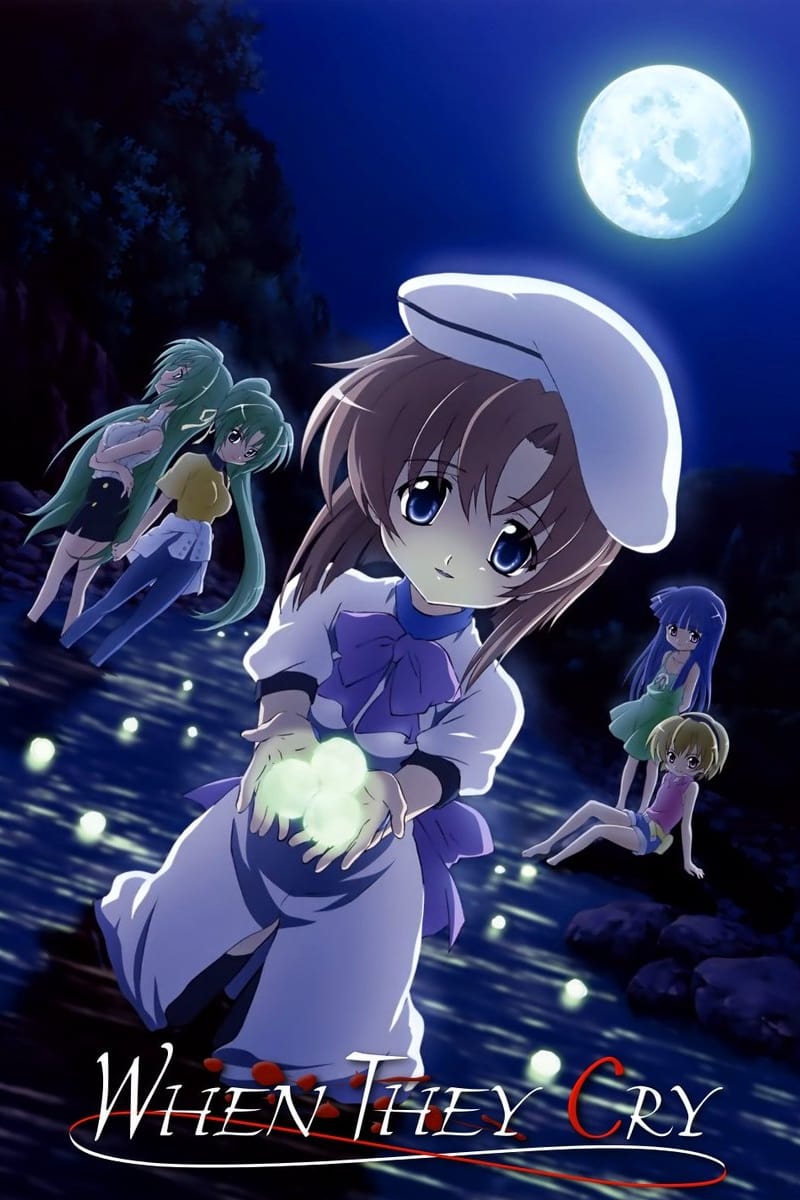
This country-based mystery series delved into disturbing themes of paranoia, torture, and the harm of children, often pushing the boundaries of what was acceptable for late-night television. When originally broadcast, violent moments were frequently edited for both visuals and sound. However, when released on DVD, the original, uncut versions were made available. Later installments and related shows toned down the graphic content to align with evolving broadcast standards. Marketing materials and merchandise steered clear of images from the most disturbing episodes.
‘Excel Saga’ (1999–2000)
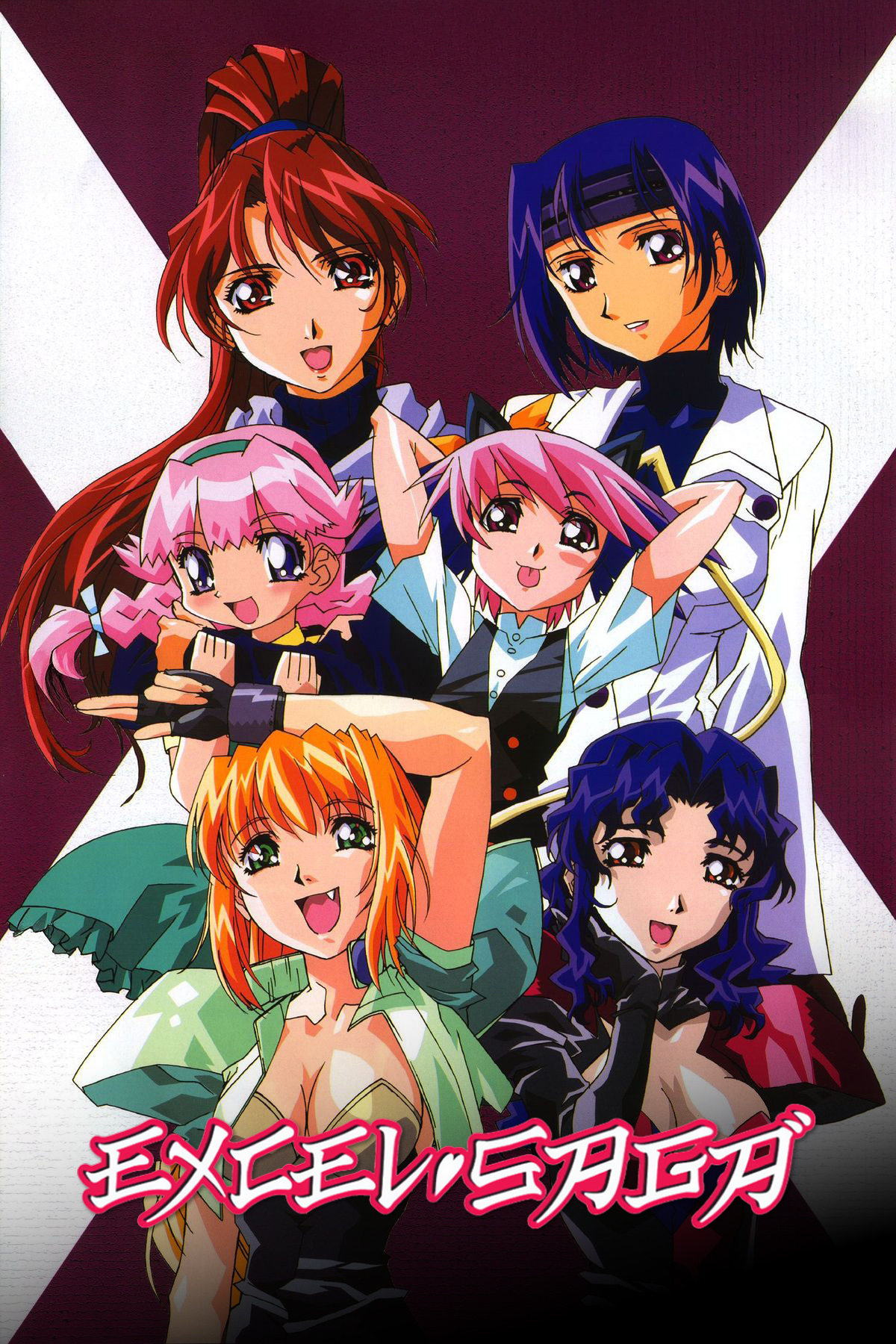
The show playfully mocked television conventions and pushed boundaries with its last episode. This finale, released only on home video, featured more adult humor and action than would have been allowed on TV. Previous episodes included warnings because they made quick jokes about famous people and companies. Translators often had to change these jokes for different countries to avoid legal issues.
‘Hetalia: Axis Powers’ (2009–2010)
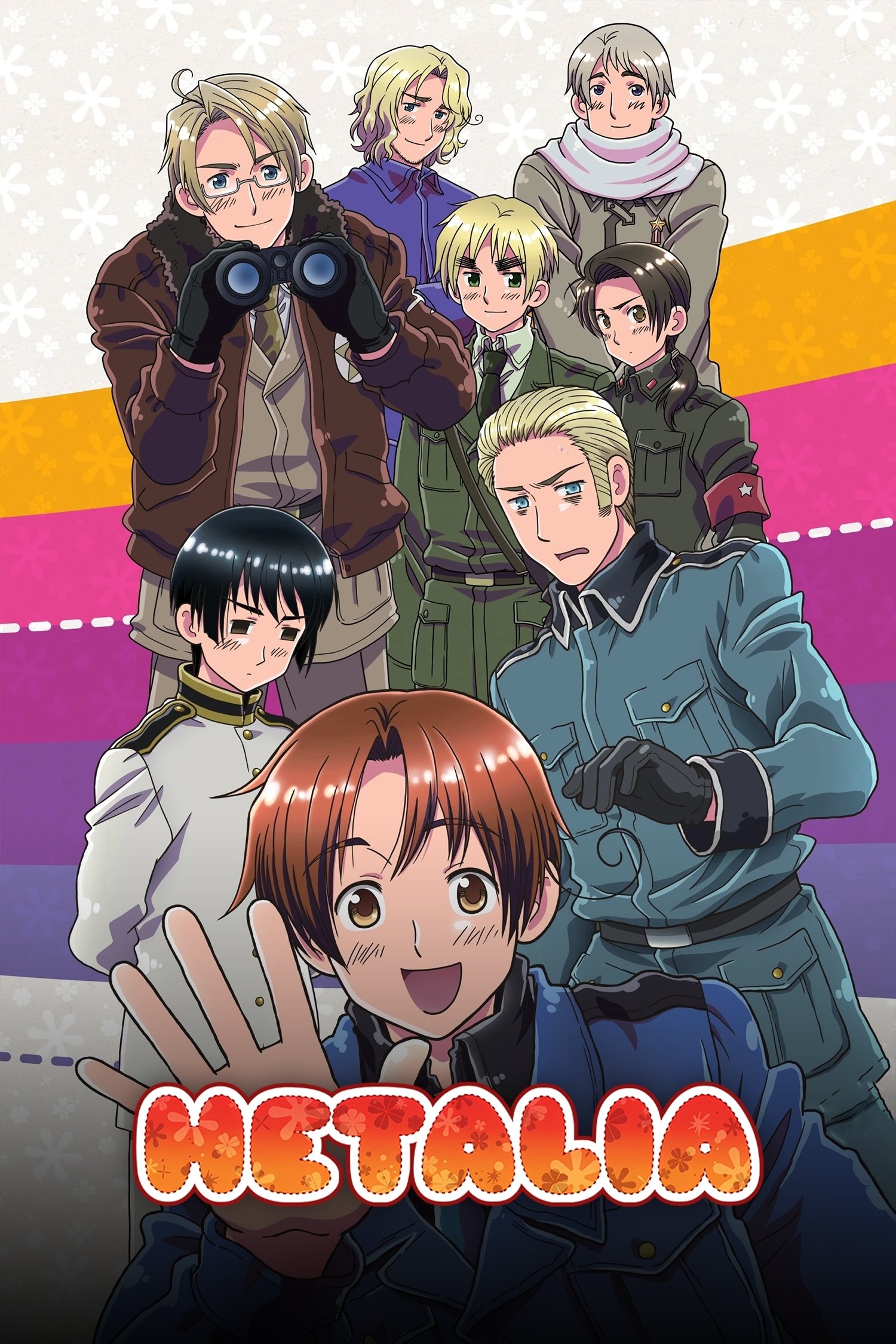
This comedy show featured countries as characters, which led to complaints from some governments. Because of potential backlash, some television channels decided not to broadcast it. Instead, it was mainly released online and on physical discs, allowing for age restrictions and regional limitations. The advertising was also changed to reduce potentially offensive national stereotypes in certain areas.
‘Ghost Stories’ (2000–2001)
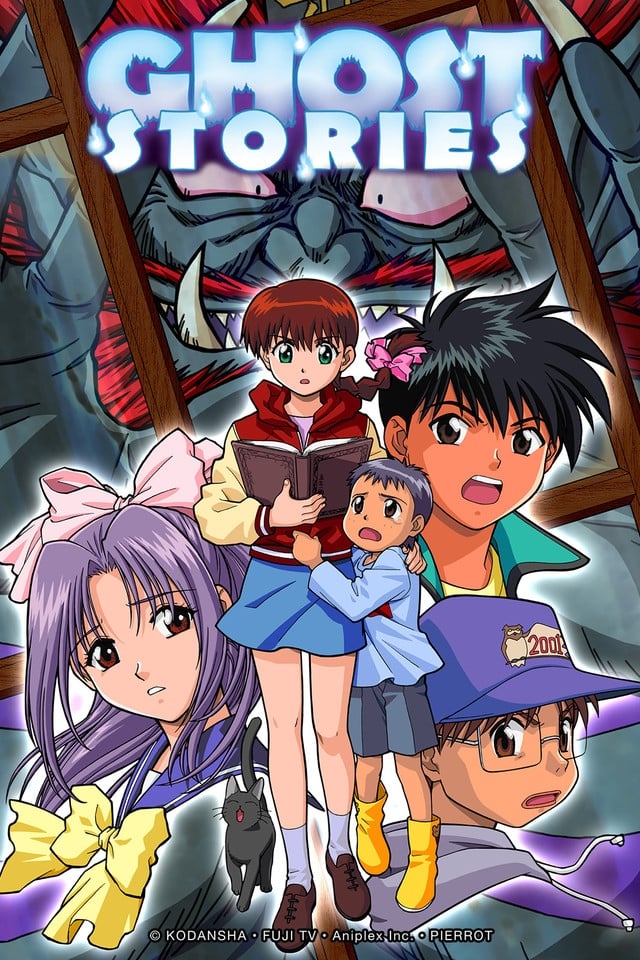
The show didn’t do well when it first aired, so a new English version was created with plenty of improvised jokes, even about sensitive subjects. The company that owned the show gave the dubbing team a lot of creative freedom, hoping to revitalize it, and the result was very different from the original script. This new version sometimes caused problems with content guidelines on certain streaming services, and its edgy humor made it difficult to release consistently in all countries.
‘Puni Puni Poemy’ (2001)
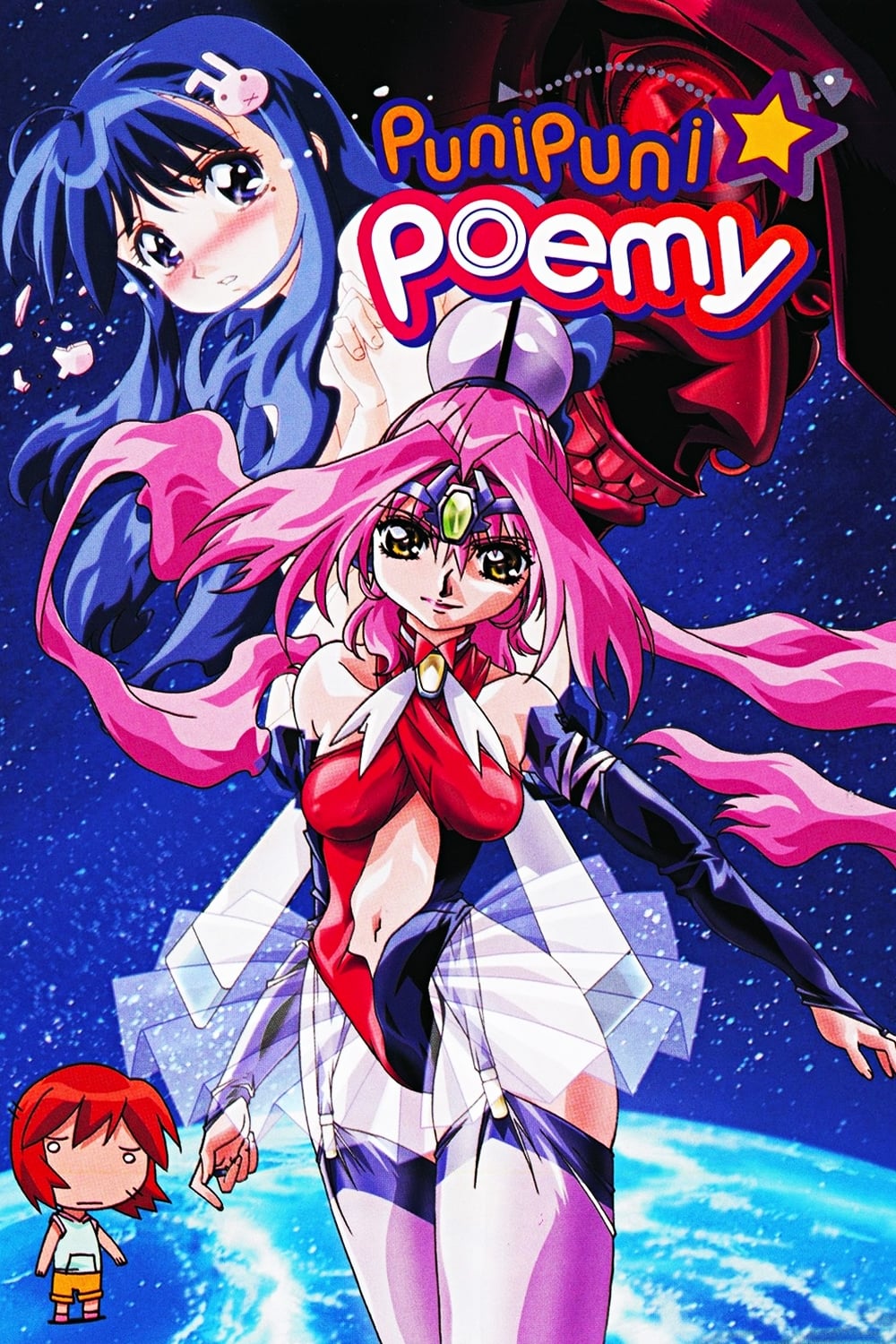
This animated spin-off playfully poked fun at magical girl series, using a fast-paced style and humor geared towards adults. Despite looking cute, stores categorized it with more mature anime. The English translation kept many of the suggestive jokes, limiting where it could be shown on TV. Because it was released directly to video and was relatively short, it avoided most television content restrictions.
‘Ikki Tousen’ (2003–2014)
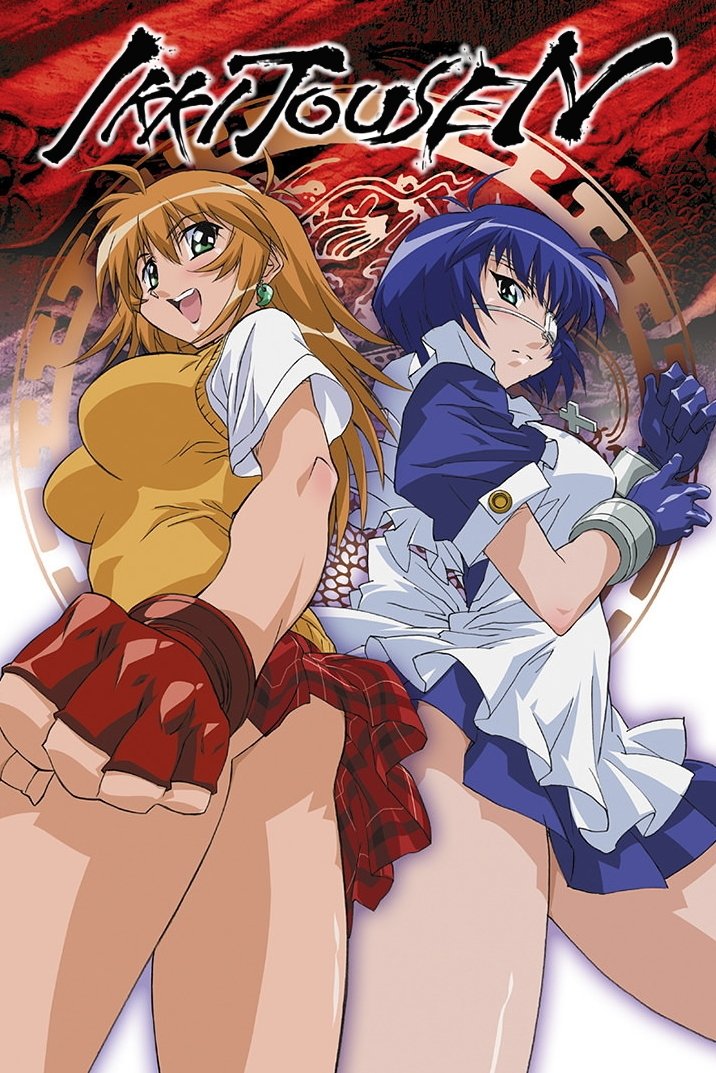
The series focused on school-based battles featuring over-the-top action and revealing fight scenes. Television broadcasts used clever lighting and framing to meet content restrictions, but home video releases showed the full, uncensored footage. As the series became more mature, later seasons faced stricter ratings in some areas. Products and packaging were often redesigned with more conservative artwork for general retail stores.
‘Prison School’ (2015)
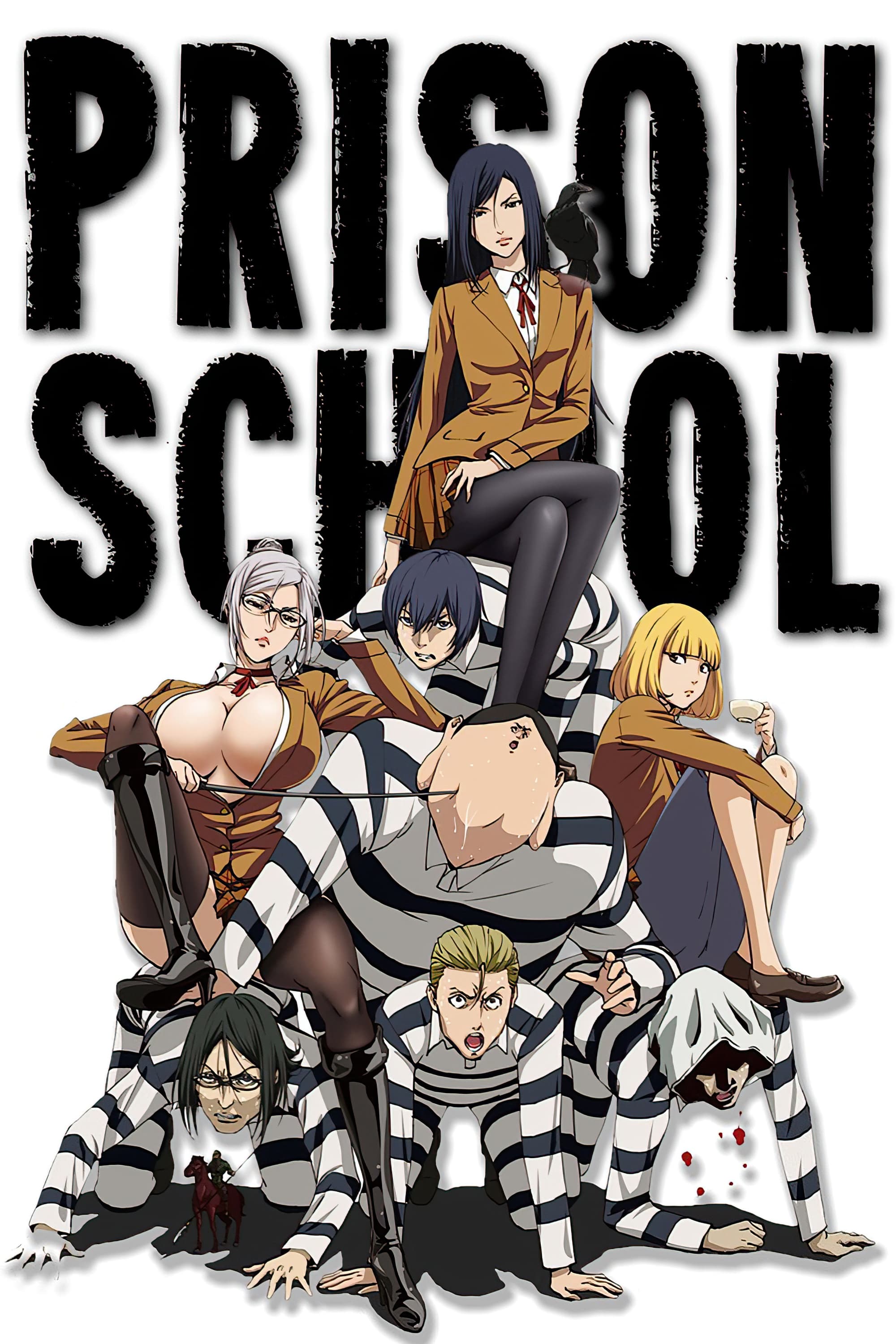
This version of the show featured suggestive humor, often involving embarrassing situations and characters being trapped for extended periods. Because of its mature content, it aired late at night with warnings and some visual gags were censored. When streamed internationally, platforms often required viewers to confirm their age or displayed content warnings. Marketing focused on special events and limited-edition releases instead of widespread daytime advertising.
Share which titles you think still could happen today and why in the comments.
Read More
- Bitcoin’s Ballet: Will the Bull Pirouette or Stumble? 💃🐂
- XRP’s Soul in Turmoil: A Frolic Through Doom & Gloom 😏📉
- Dogecoin’s Big Yawn: Musk’s X Money Launch Leaves Market Unimpressed 🐕💸
- 🚀 Doge’s Zero-Hour: Will It Go From Hero to Zero? 😱
- Deepfake Drama Alert: Crypto’s New Nemesis Is Your AI Twin! 🧠💸
- H World Group’s 49% Surge: A Fund’s Petty Victory
- RLUSD’s $1B Triumph: A Tale of Trust, Tea, and Tokens! 🕊️💸
- ‘Jujutsu Kaisen’ Season 3 to Kick Off with Double Episode Premiere – Watch the Trailer
- Can the Stock Market Defy Logic and Achieve a Third Consecutive 20% Gain?
- Market Reflections: AI Optimism and Inflation Data Propel Stocks on December 19
2025-10-21 03:20